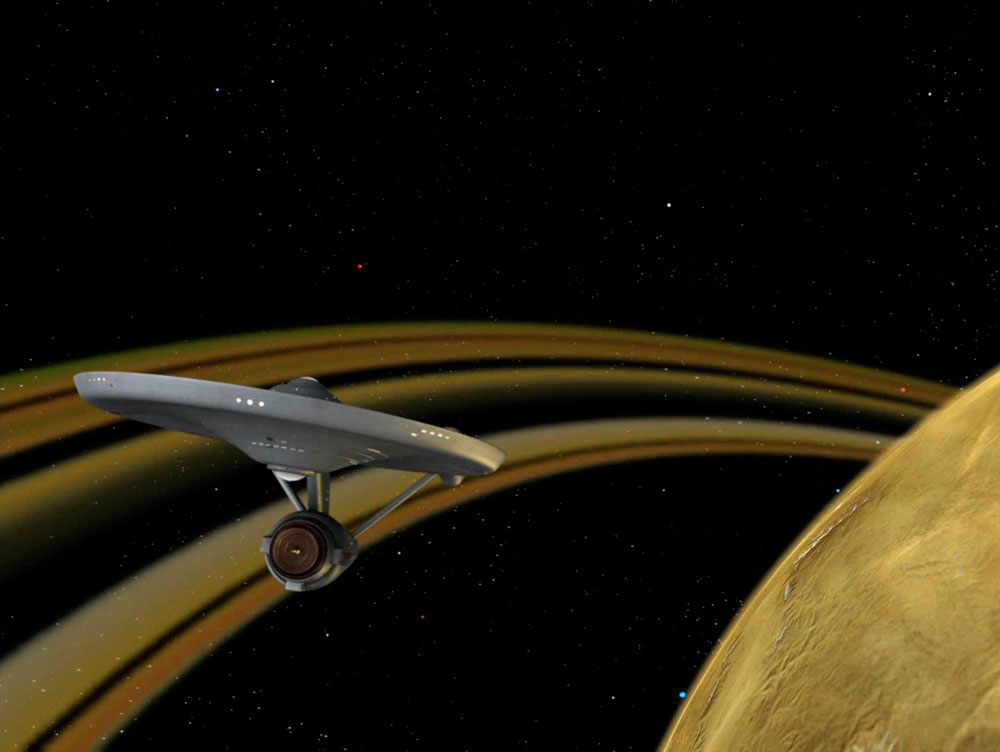Difference between revisions of "orbit"
From Trekipedia
m |
m |
||
| Line 4: | Line 4: | ||
|}</div> | |}</div> | ||
When objects such as planets or spacecraft orbit one another, the smaller of the two moves in a roughly circular pattern around the larger object, with its motion preventing it from falling deeper into the larger object's [[gravity]] well.<ref name="TOS00"/> Starships often utilize a "standard orbit" when orbiting a planet.<ref name="TOS01"/> | When objects such as planets or spacecraft orbit one another, the smaller of the two moves in a roughly circular pattern around the larger object, with its motion preventing it from falling deeper into the larger object's [[gravity]] well.<ref name="TOS00"/> Starships often utilize a "standard orbit" when orbiting a planet.<ref name="TOS01"/> | ||
| − | + | {{ButtonWikipedia|site=Orbit}} | |
{{References}} | {{References}} | ||
<references> | <references> | ||
Revision as of 05:41, 4 February 2022
orbit
| First Appearance | TOS 05 (8 Sep 1966) |
| Advertising |
When objects such as planets or spacecraft orbit one another, the smaller of the two moves in a roughly circular pattern around the larger object, with its motion preventing it from falling deeper into the larger object's gravity well.[1] Starships often utilize a "standard orbit" when orbiting a planet.[2]
Notes and References
- ↑ Template:RefTOS00
- ↑ Roddenberry, Gene (Executive Producer). "The Cage". Star Trek, season 0, episode 0 (Production number 01). Directed by Robert Butler. Written by Gene Roddenberry. Released 1986. Desilu Productions. 1965.

